Photo credit: Vogue Instagram
Is this a frivolous question, do people even care? It might, at face value seem like a superficial question to ask given all that is going on in our world at the moment. However it’s also important to note that we are living through a historical moment and fashion during times of crisis has always played a significant part.
Some might argue this pandemic may change fashion more than any other event we’ve seen in history so far, both structurally and creatively; Why? Because when this is all over, unlike a war, we won’t, for some time at least, be able to comfortably congregate in the way we did before, giving way to questions over how we will move forward with collections? Will we finally be choosing sustainability over fast fashion or will It have the opposite effect in the face of this economic crisis? And what will fashion shows look like going forward?
HISTORICAL EVENTS AND FASHION
When we look back during times of war, we can in part see the nations response through their clothing. Fashion is certainly indicative of how people are feeling during that period and a reflection of the times. Uniforms created in order to allow men to fight and women to work. Fashion magazines showing women how to wear pieces in their husband’s wardrobe to enable them to spend their clothing allowance on other, more pressing items needed, as well as making their wardrobe more practical for their current situation.
Now we are living through a time where Forbes magazines and fashion magazines are showing us how to make masks, to protect ourselves and others as much as possible from the Coronavirus as masks are sold out everywhere, even medical staff can’t get their hands on enough personal protective equipment (PPE).
A CRISIS : THE FASHION INDUSTRIES RESPONsE
In response, some fashion brands are using their factories to manufacture PPE. Parent company of Christian Dior, Louis Vuitton, Guerlain and Givenchy, LVMH, began manufactoring hand sanitizers, providing it to French health authorities for free. Meanwhile Louis Vuitton repurposed some of the Mason's ateliers across France to help produce hundreds of thousands of non-surgical face masks. In partnership with the Mode Grande Ouest textile network, this initiative was set up to fight the pandemic, donating the PPE to frontline healthcare workers.
FIDM (Fashion Institute of Design & Merchandising based in Los Angeles) have been admirable in their efforts to help. Having been inspired by the communities’ efforts, they came together with The Major of Los Angeles, Eric Garcetti, to donate fabric to L.A. to aid in making protective gear for Angelenos during the pandemic.
Garcetti has partnered with Kaiser Permanente to develop the design specifications for non-medical masks. Alligning with these specifications, FIDM has donated over 600 yards of cotton woven and cotton knit to make the face masks.
3D printing is also being used to create ear guards for masks in order to protect hospital workers faces so the masks don’t dig in quite as much. Even some of the more ‘woke’ bloggers are churning out the ear guards on 3D printers to help keep up with the demand.
OUR DAILY LIVES AFFECTED
For those of us lucky enough to keep our jobs and work from home, how have we been affected? Even in a very basic way it’s affecting us on a daily basis. Whether or not you are in the fashion industry it’s changed all of our daily wardrobes, seeing us pulling out pieces that are work from home appropriate, comfortable pieces, yet items that give some nod to professionalism. This time has shown us that despite being at home all day, we need to get dressed, in order to function as we normally would, to feel productive, to give ourselves a sense of self-worth and yes, to even cheer ourselves up.
It’s also important for those Zoom and other video meetings to show both our colleagues and bosses that we are still in fact functioning human beings. It’s shown us how important it is to have a routine. To get up, shower, do our makeup and pick out our clothes. Catt Sadler has even created “Formal Fridays” on her Instagram, having followers dress up in their finest every Friday. For every tagged photo, (#formalfridays) she is donating to an organization helping to fight the pandemic.
Tops and jewelery have suddenly become the hero items both online and in our closets. But what of the bigger picture? As we say goodbye to the first month (in the U.S at least) of quarantine, fashion magazines are having to find a new way to speak about fashion. Unable to shoot new collections for editorials, how do we communicate through fashion without being able to showcase it in the traditional way?
The fashion industry doesn’t only move with the times, it embraces it and arguably it helps with change. In recent years more than ever before, fashion isn’t just about clothes, it’s about conveying a message. So what will happen to the fashion industry as we see ourselves evolve through this pandemic and what about the fashion shows themselves?
FASHION SHOWS: THE FUTURE
As a fashion editor, I’ve been going to fashion shows for several years now. For me and many others, it’s a chance to see the clothes up close, to report on the show and share with readers what’s likely to be trending that season. However it’s more than that. I find fashion shows an emotional experience. You might scoff at that, but it’s a moment where designers are connecting with us. It’s the show as a whole, the clothes of course, but the message conveyed through the collection. It’s a story, a piece of theatre condensed into a few minutes. It’s months, maybe even years of hard work, it’s their message to us and to the world. A good show gives me goosebumps, a really great show can make me tear up. To see the talent and beauty that designers are bringing to us is a privilege and in my opinion important. It’s a form of art and even in the darkest of times, perhaps even more so, art is important. We turn to it, we need it. But what is the future of fashion shows after the pandemic and what will fashion look like?
It’s unlikely that for the forseeable future we will be congregating in the way we once did at a show, let alone a whole fashion month, jumping between NY, London and Europe. But how will they adapt? Fashion shows have already changed significantly in the last few years. But let’s go back to the beginning.
Fashion shows first began back in the 1860s, when English fashion designer, Charles Frederick Worth, used live models to show his clothes in Paris in place of traditional mannequins. It was he who was a pioneer in setting trends of what women would be wearing. Instead of women choosing for themselves, giving ideas or instructions of what they wanted their tailor to create for them, a new era of trend dressing had begun.
But what can we expect for the future of shows? In recent years they have gone on to become spectacles, from Karl Largefeld turning The Great Wall into a runway for Fendi, to recreating an airport terminal and taking his show to a beach recreated indoors for Chanel. And Marc Jacobs, another designer notorious for his spectacular shows, had his models come down on four escalators on to a yellow and white checked flooring for Louis Vuitton.
When we look back at this time, I wonder what changes we’ll have seen as a result of this pandemic. Will we see a new kind of show, with more designers simply choosing to show online perhaps? And from this will there be an emergence of a new way of shopping? The, ‘See now buy now’ concept hasn’t taken off, at least in the mainstream, as we still have a huge lag time (6 months, a lifetime in fashion) for the most part between a show and customers being able to purchase the piece.
As for the shows for FW20, Giorgio Armani was forced to do his show in a completely empty theatre in Italy as models walked the runway with no audience for his Women’s FW20-21 fashion show as a, “Preventative measure decided by Mr Armani to support national efforts in safeguarding public health.” Instead the show was streamed online at Armani.com with Mr. Armani taking his bow at the end of the show to his online viewers.
TIME FOR CHANGE?
In more recent seasons I’ve seen designers taking a departure from traditional shows, choosing presentations over full shows, picking unusual locations around the city. So what will be next? I don’t foresee us taking everything online, but the fashion industry has been edging its way to a different way of doing things for a while. Is this the push needed in order to really mix it up and take it into a new day?
The industry like every other is being hit hard. Sadly new designers will be feeling the sting the most, with us potentially heartbreakingly losing a whole generation of new designers who may not make it out of this pandemic with their businesses still intact. From manufacturing and production stopping, to collections and orders on hold. It’s an unprecedented time for the 2 trillion-dollar industry. An industry that is responsible for creating around 300 million jobs globally.
However, most importantly we also have to remember that it is an industry that is one of the biggest culprits of pollution and we need to take responsibility for that. I have hope that even if sustainability takes a step back during this time of crisis, I believe later it will become a priority, it simply has to. If this pandemic has shown us anything, it’s the reality that if we don’t have our health and a world we can comfortably live in, then what do we have, really?
THE FUTURE: SUSTAINABILITY
One conclusion I think we can all come to is that we need to be better, to do better. Could this pandemic be the final push that we need to move towards a more sustainable future? Factories currently aren't able to manufacture at the same quantity as before. As a result, consumers are beginning to realise that making clothes, even those before considered fast fashion, does in fact require a large expenditure of labor and that it isn't without cost, both monetarily, but the largest cost is at the expense of our planet. We have been edging our way very slowly to becoming more sustainable and more aware, but this pandemic may be the biggest shake up needed to really challenge peoples previous notions on the production of clothing.
We’ve undeniably taken far too much for granted for so long. Hopefully from this we shall all become a little more aware and a little more grateful. Whilst we’ve all been in quarantine, the planet has had a chance to heal. Recent recordings conducted by NASA (Earth Observatory) show carbon dioxide emissions have decreased and air pollution has lessened. Is this the wake up call we needed to realise where we can cut back even once the lockdown has lifted? Will it change both our outlook and buying habits, which will in turn impact the fashion industry as we demand sustainability over fast fashion? Who knows what the future holds, but as far as the fashion industry goes, one thing is for sure, it will, as it has always done in times past, evolve.
BRIGHTER DAYS AHEAd
During times of pain, beauty emerges and with that comes hope. Let’s not forget that out of the war came Christian Dior. Quickly garnering himself the reputation as one the most prominent courtiers of the twentieth century. His first collection, which he showed in Paris during a fashion show in 1947 marked a new era.
Dior was the first designer to allow photographers in to capture the show. It was another step in the evolution of the runway show, marking how we publicize shows to this day and a massive shift creatively from the severe clothes and uniforms worn during that time. His collection was symbolic of a new, brighter day. As a result, the editor during that time for Harper’s Bazaar, Camel Snow, called the collection, “The New Look” as Dior embraced the most feminine silhouette, full bodied skirts and a cinched in waist. A silhouette that has become synonymous with the brand even today. It was more than a collection; it was a new way of life. A re-birth. What will emerge from this pandemic remains to be seen, but as history has proved, we will continue, we will move forward and we will emerge stronger than before.

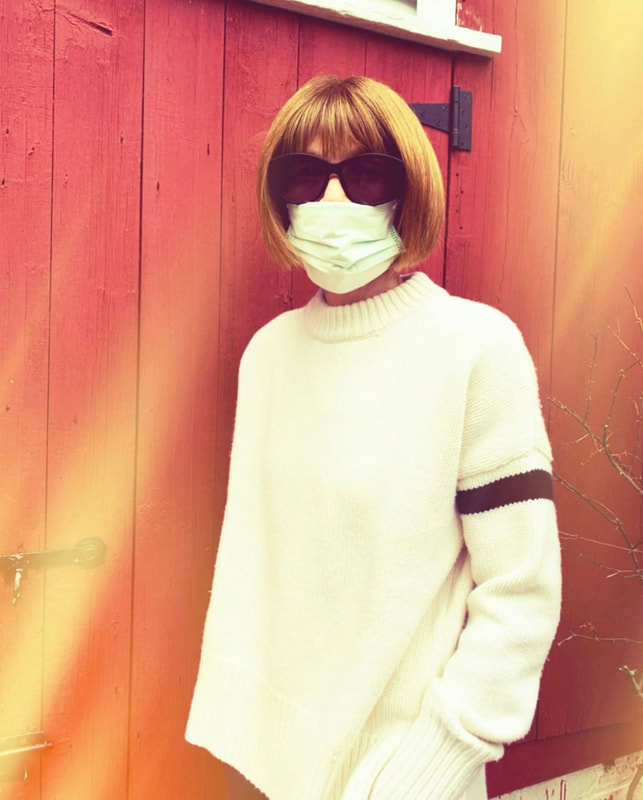



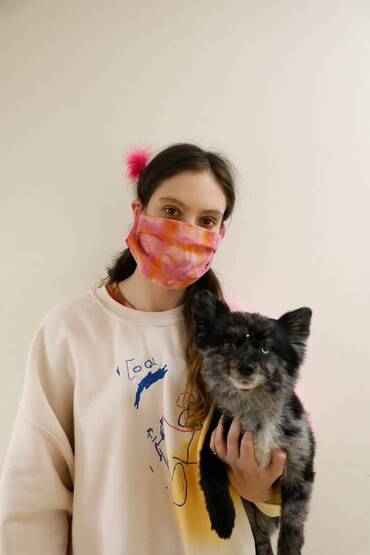

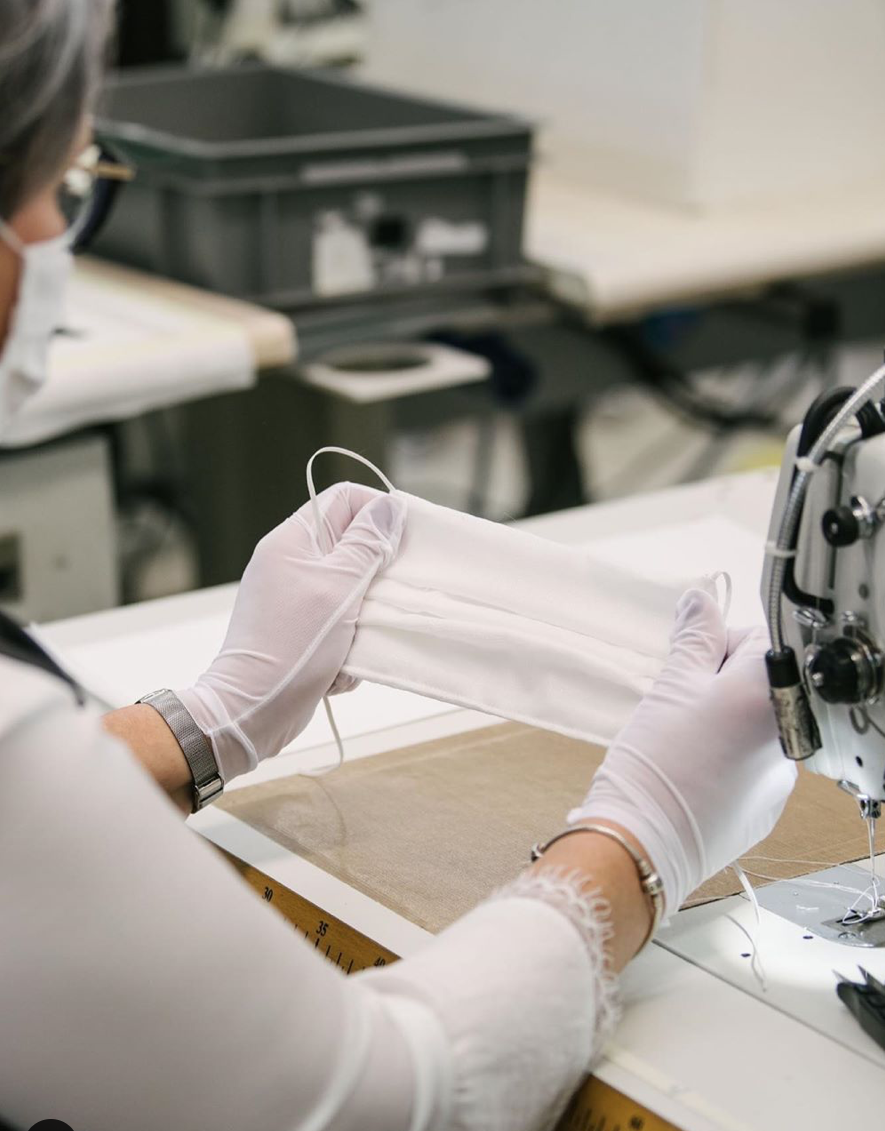

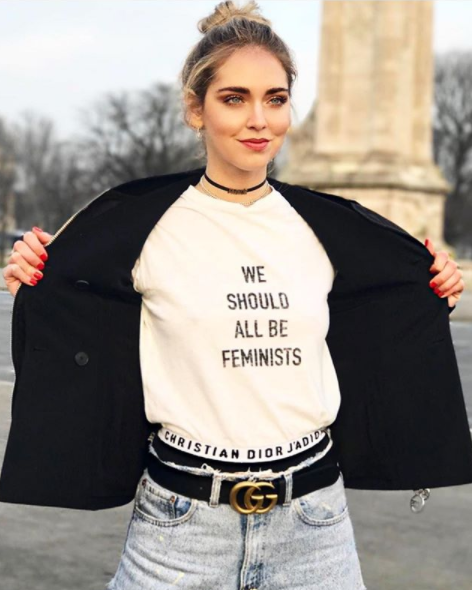
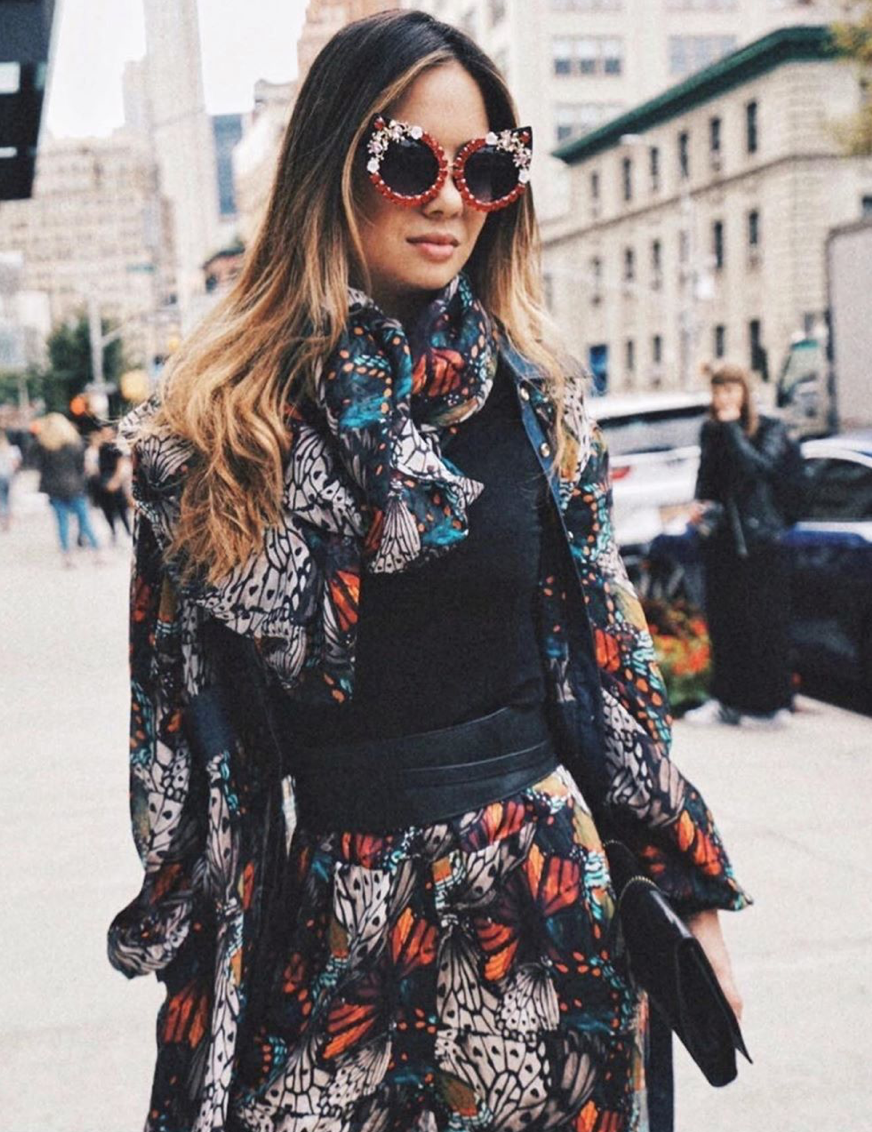

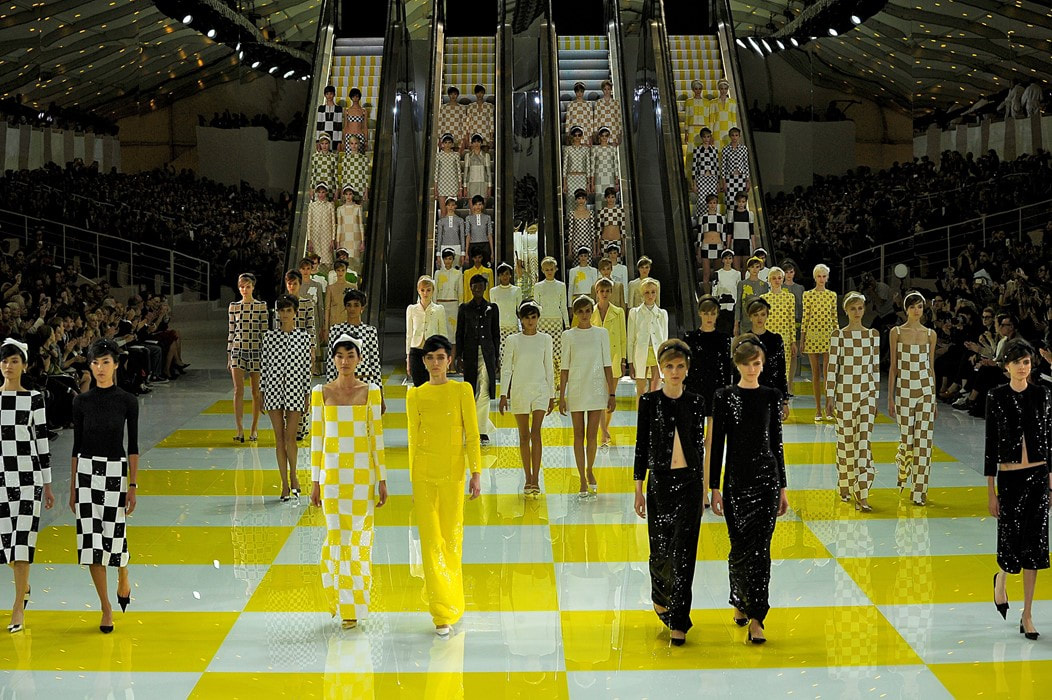
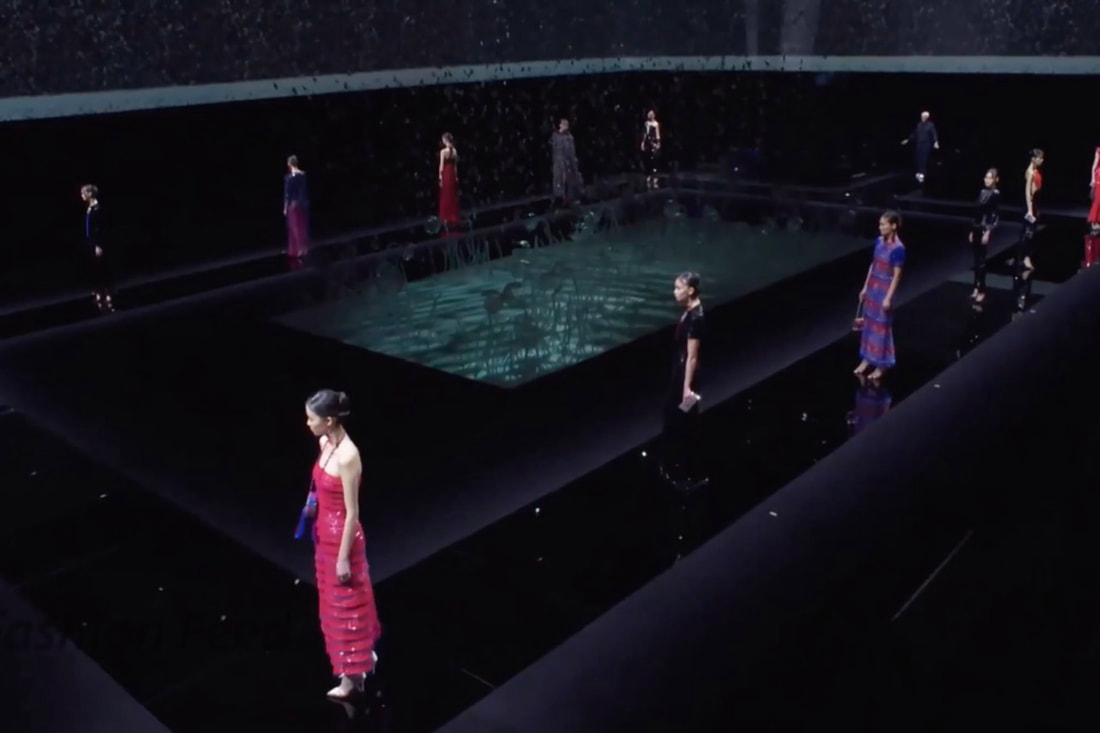
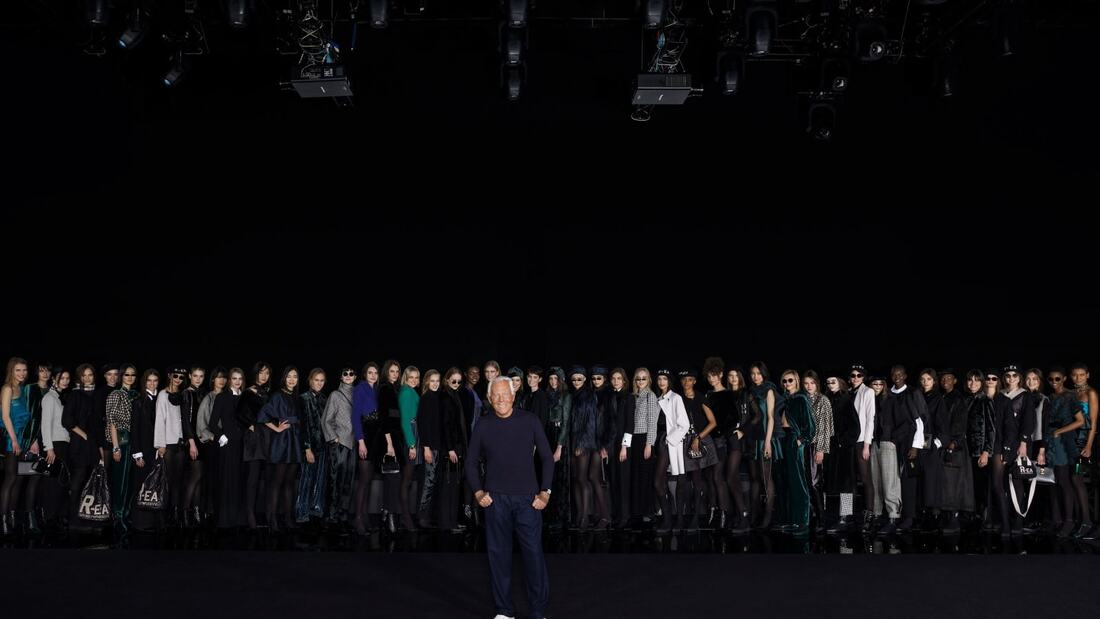
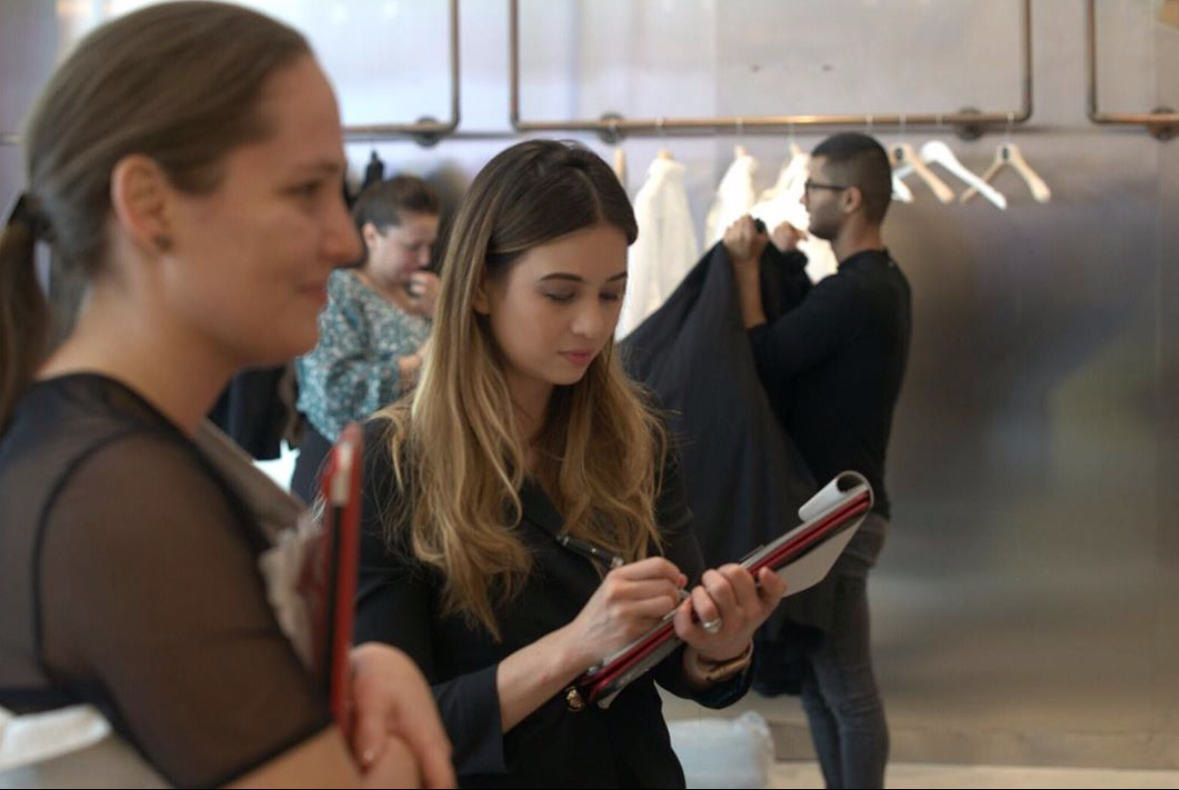

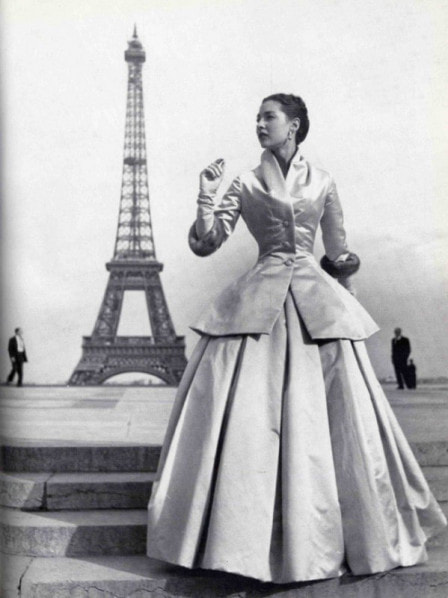
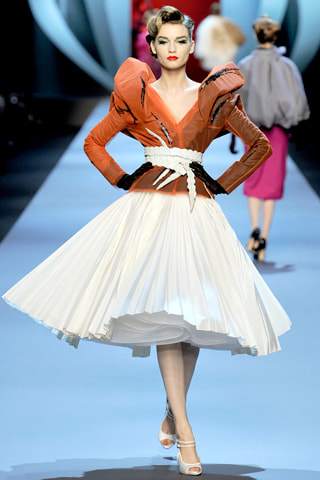
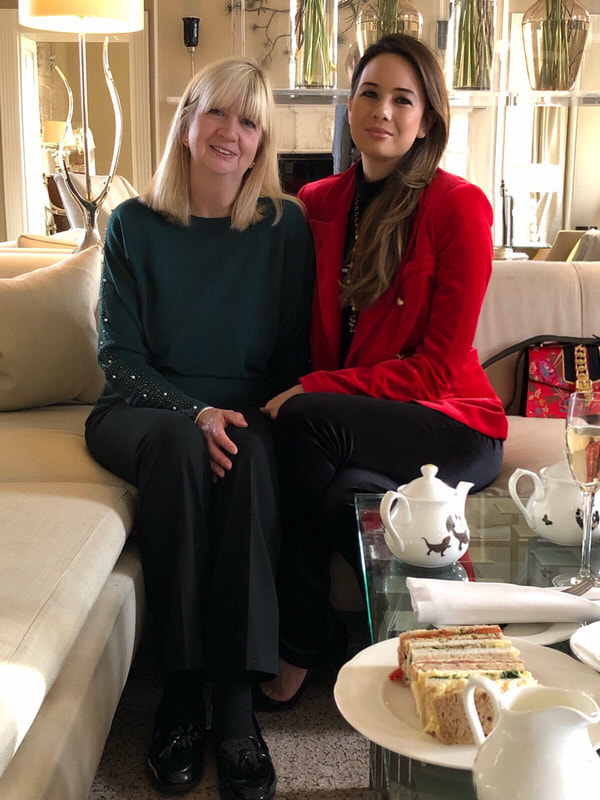

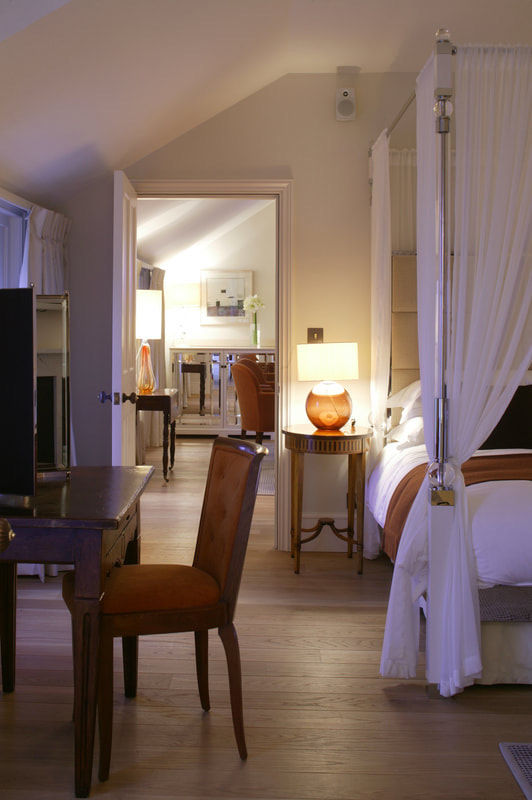
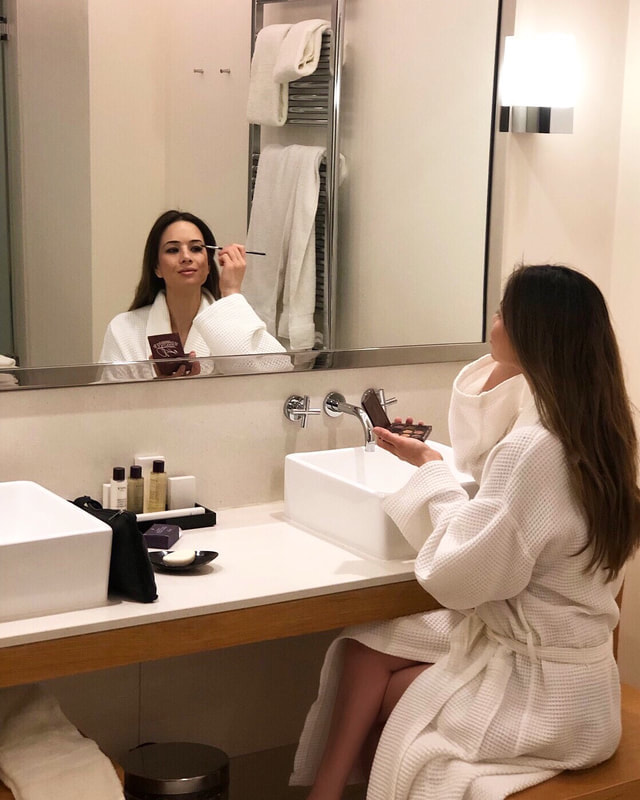
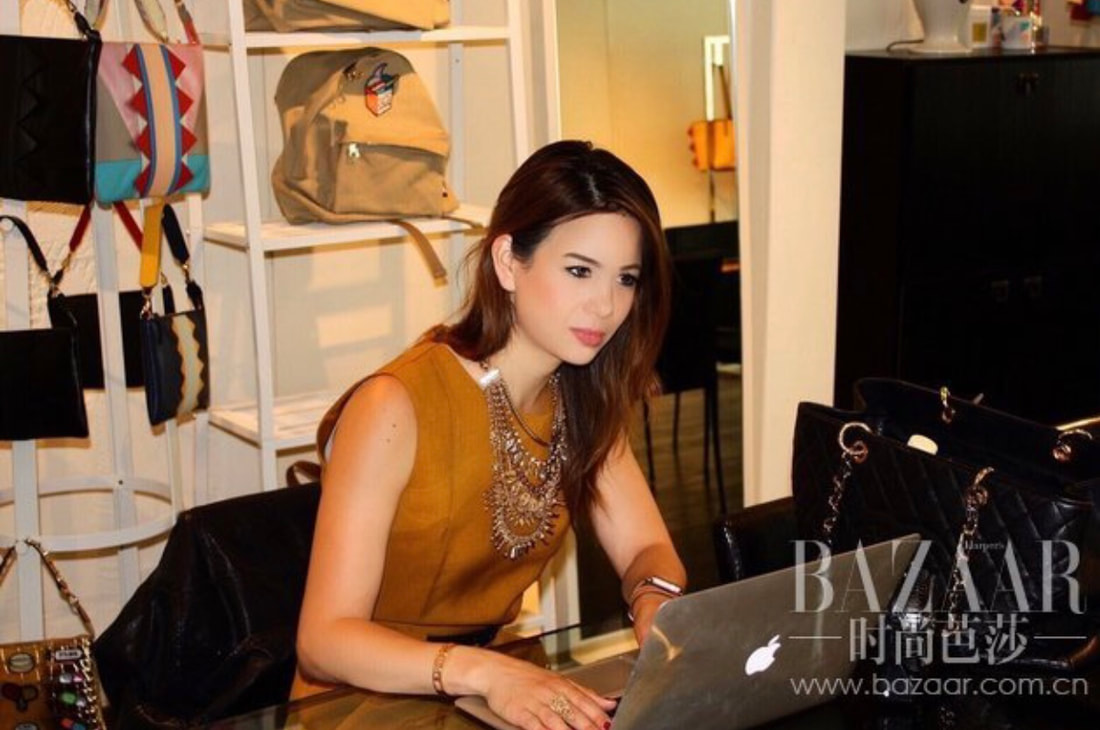
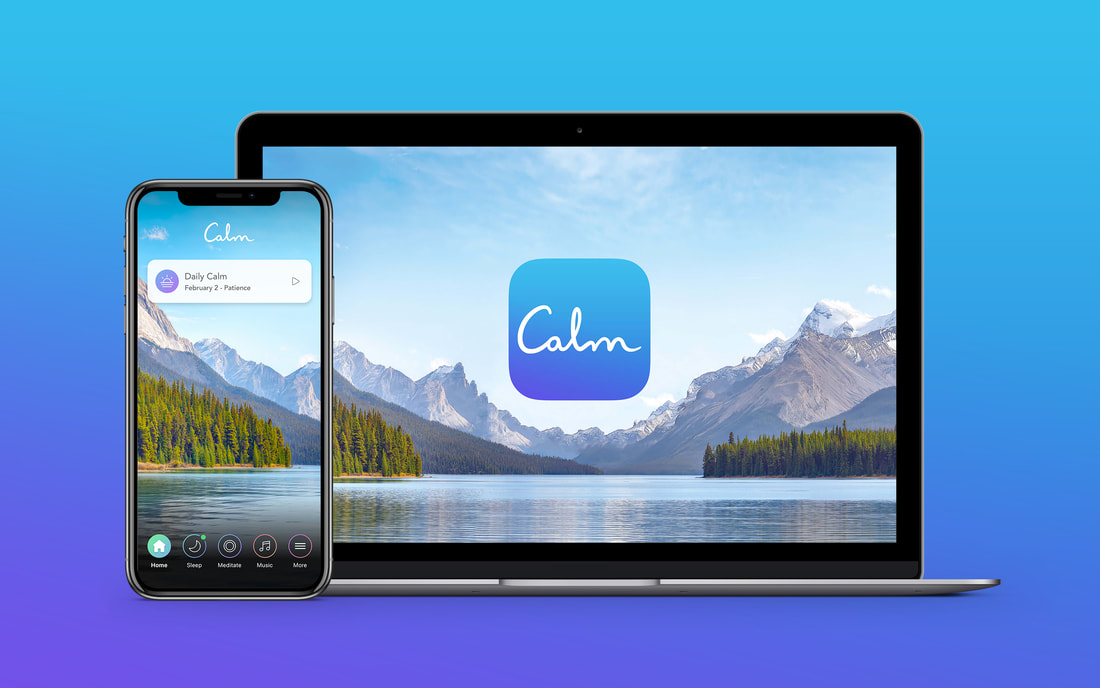


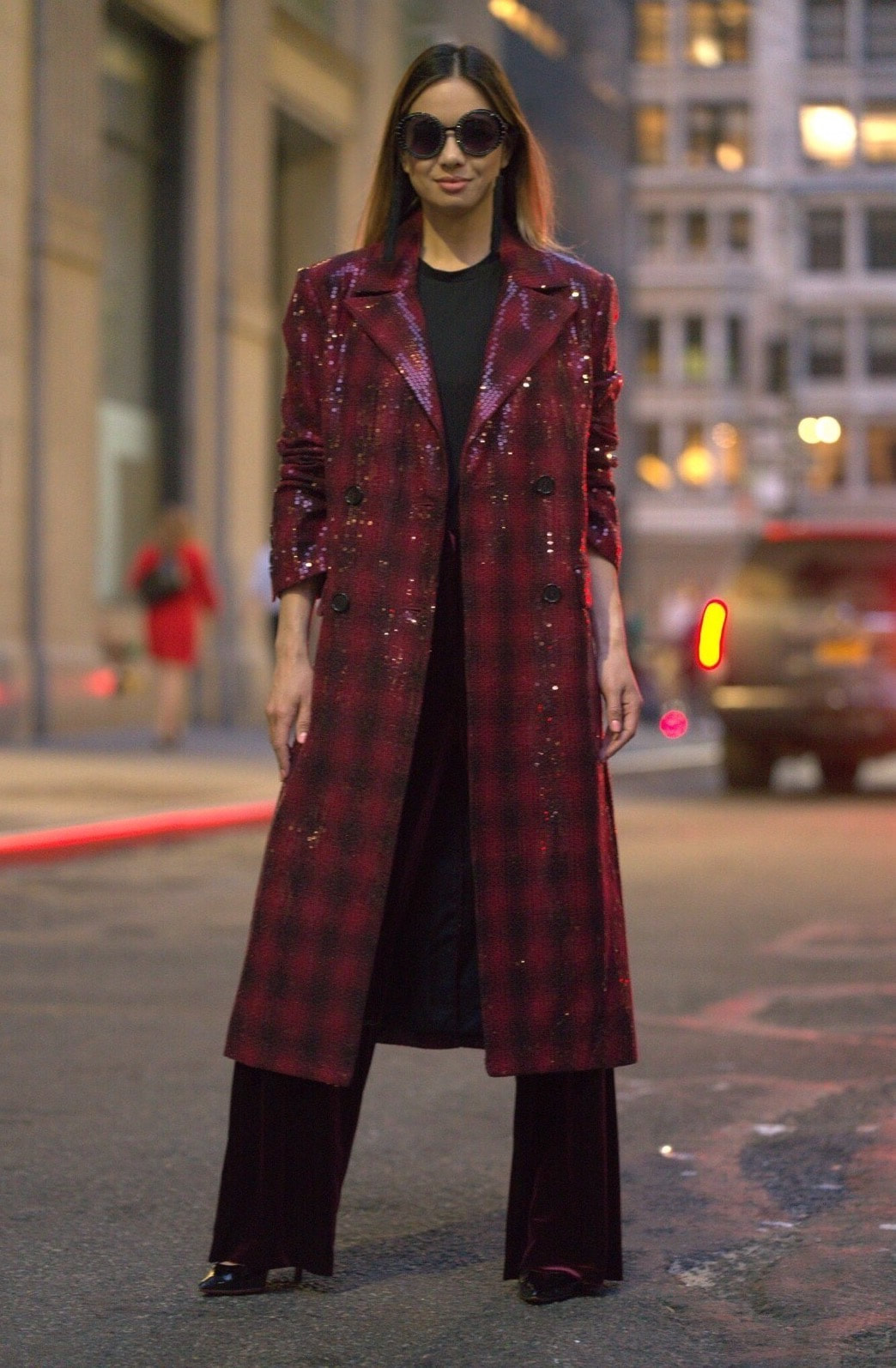
 RSS Feed
RSS Feed
